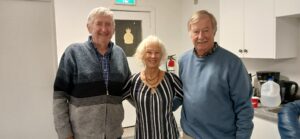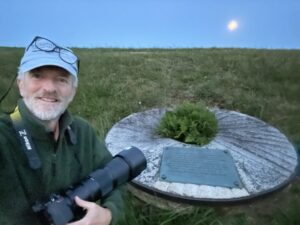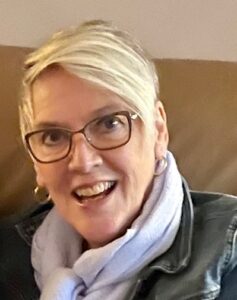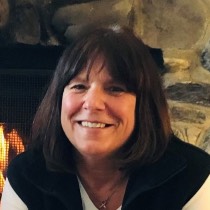Wednesday, January 21st, 2026, 7:00 pm (Atlantic), in-person at the Lindsay Children’s Room on the 2nd floor at the Halifax Central Library, 5440 Spring Garden Road, Halifax, Nova Scotia. Click here for the Zoom link.
Abstract:
This presentation will outline how 200 Icelanders came to Markland and Lockeport in 1874, only for many to leave eight years later in 1882. The Icelandic Memorial Society of Nova Scotia’s Vice Chair J. Marshall Burgess is a descendant of the Huskilson family who stayed and settled in Lockeport. He will discuss the continuing research the Society performs to find descendants of the original 30 families who came to Nova Scotia, as well as how these Icelandic settlers have been honoured in the Lockport area.
Biography:
The Icelandic Memorial Society of Nova Scotia was incorporated in 1998 and consists of 50 plus members.
Individuals in photo above: J.Marshall Burgess Kc, Vice-Chair; Bonnie Price, Treasurer; Ken Burrows, Chair.







